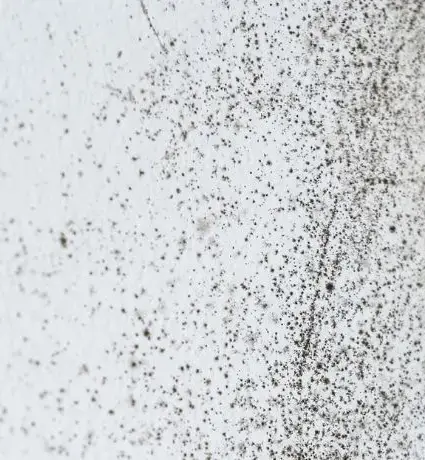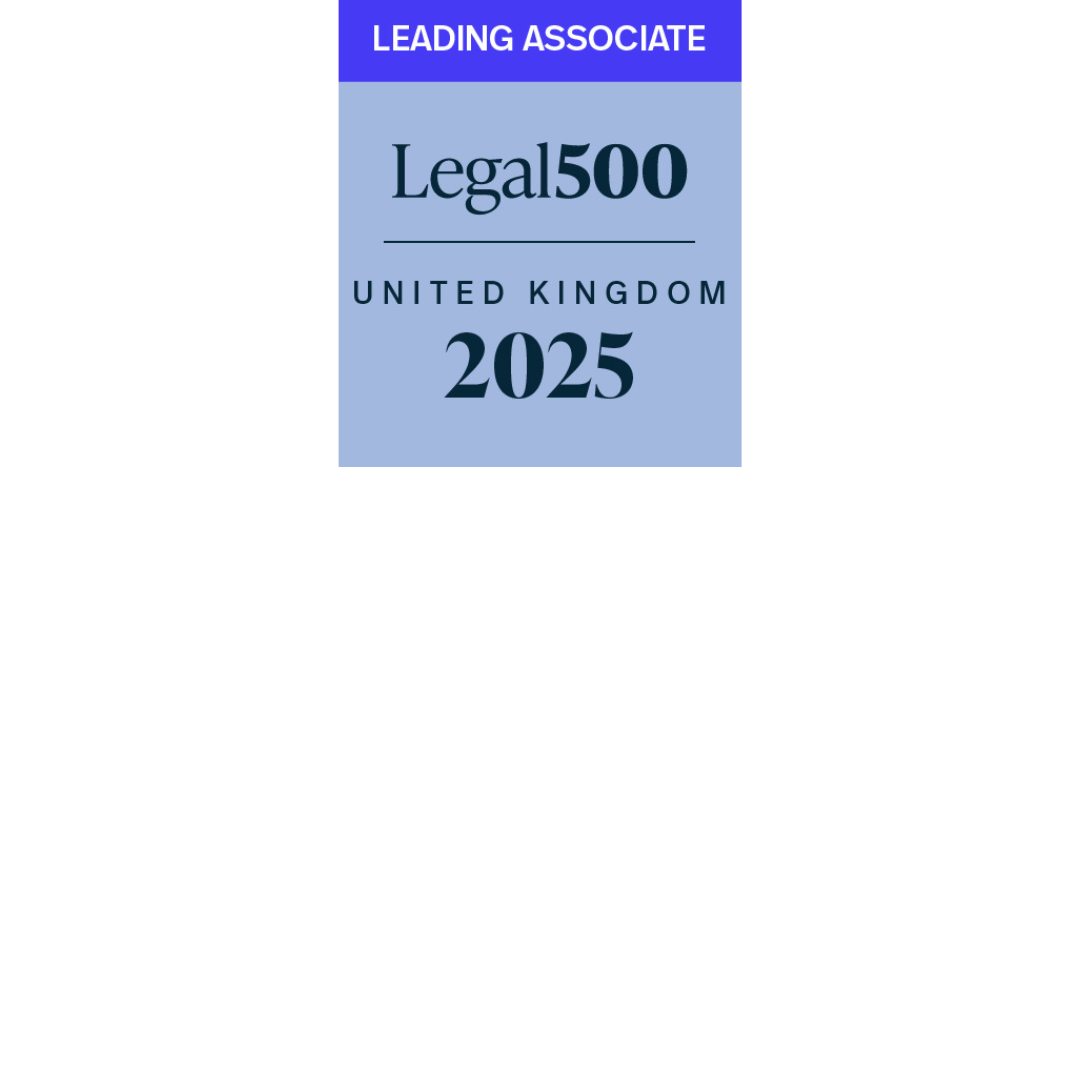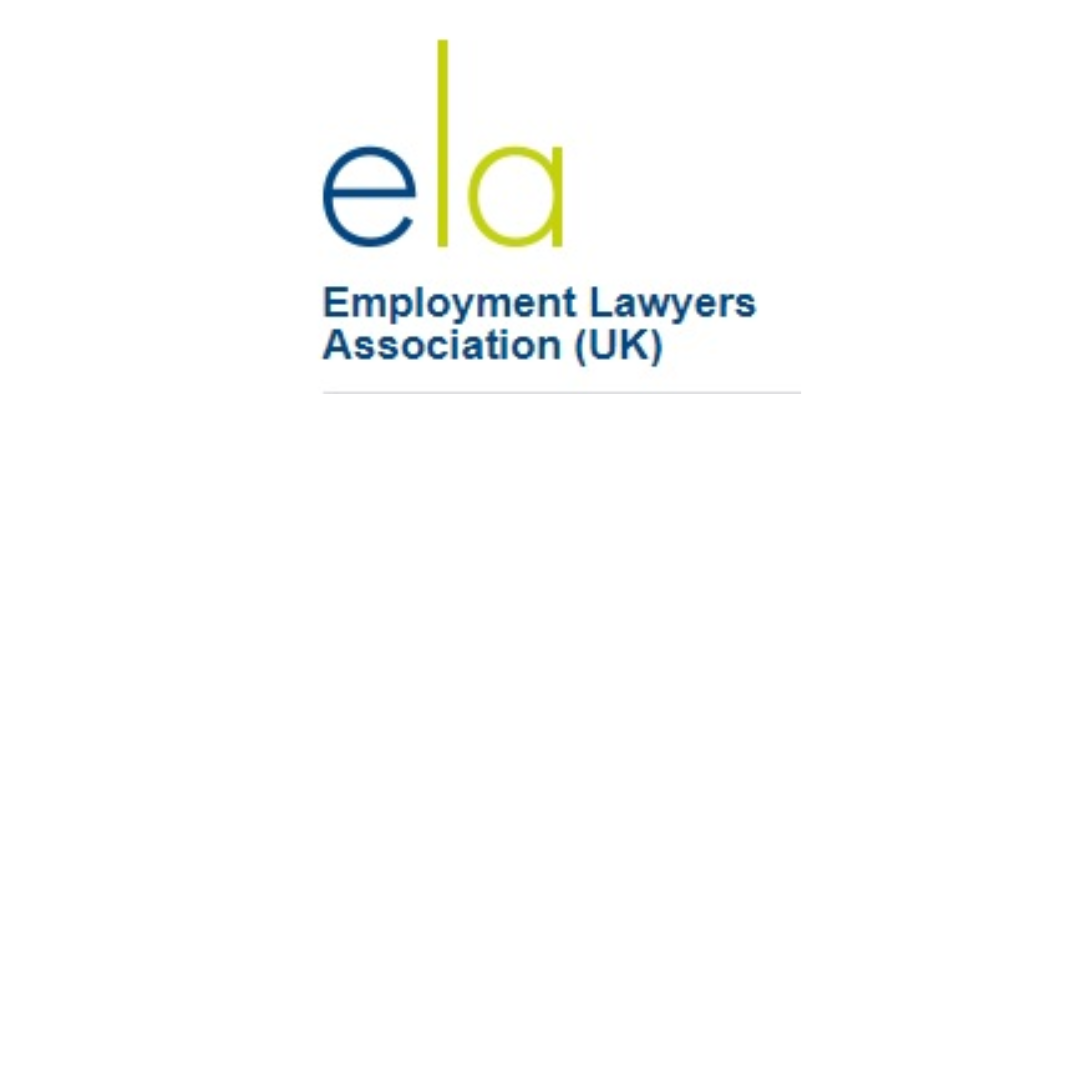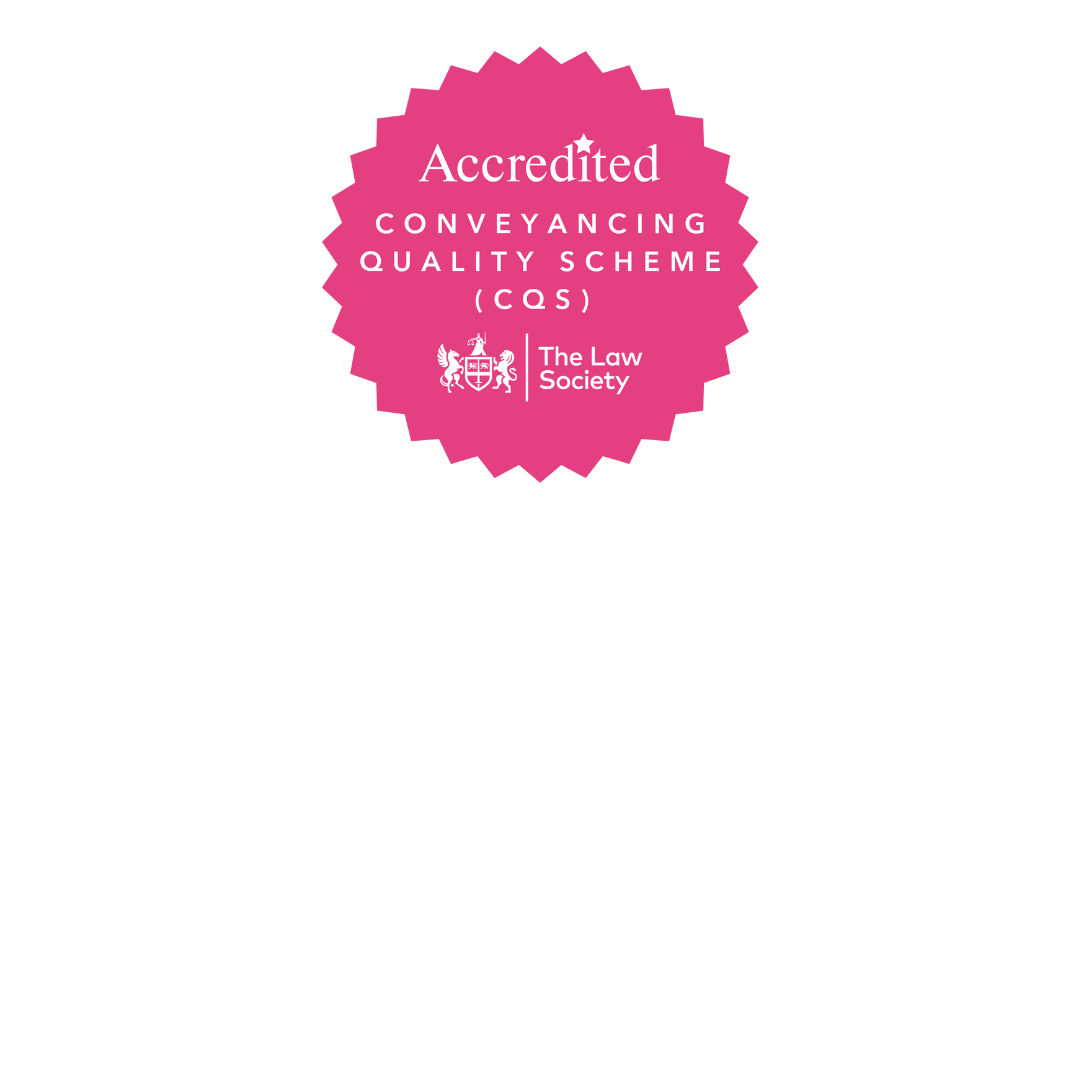
The tragic case of Awaab Ishak – landlord’s obligations in relation to mould
Awaab Ishak was two years old when he died as a result of a respiratory condition caused by mould in his home.
His family had been reporting issues of mould to their landlord, Rochdale Boroughwide Housing (“RBW”) since 2017, but no action had been taken. That was despite a pre-action letter being sent to them in June 2020 by a firm of tenant disrepair solicitors (Anthony Hodari) as well as reports from a health visitor that the conditions in the flat were a risk to Awaab’s health.
RBH had not made any attempts to remedy the defects despite receiving the pre-action letter, based on their policy to do nothing unless the works had been agreed with the tenant’s solicitors beforehand:
“In 2020, RBH had a policy not to carry out remedial works on properties which were subject to legal claims, until they had secured agreement to the works from the tenant's solicitor. It meant that Mr Wrigley visited Awaab's home on July 14, 2020, to draw up a list of repairs that needed carrying out, but the work could not take place until the green light had been given by Anthony Hodari.”
Anthony Hodari ceased acting for Awaab’s family in September 2020 but failed to notify RBH. There was therefore no possibility of an agreement being reached regarding the works, as RBH were waiting for the green light from solicitors that, unbeknownst to them, were no longer involved. Awaab died in December 2020.
Although it is not known whether Anthony Hodari adopted this specific approach, many tenant disrepair solicitors argue that a landlord to which they have sent a pre-action letter should not undertake repairs until an inspection of the property has been carried out. Many also argue that the landlord or their contractors should not access the property to carry out works until those works have been agreed with the tenant’s solicitors.
There is nothing whatsoever in the Pre-Action Protocol on Housing Conditions (England) that supports this approach. If it is taken, the landlord can argue that any damages that may be awarded for breach of repairing obligations, if any breach can be established, should be reduced on the grounds that access was refused and/or delayed.
Awaab’s case lays bare the importance of landlords complying with their obligations under Section 11 of the Landlord and Tenant Act 1985 (LTA 85) as well as Section 9A LTA 1985, as inserted by the Homes (Fitness for Human Habitation Act) 2018.
The coroner was clear in this case that the landlord’s breach of Section 9A led to Awaab’s death. Section 9A came into force for existing tenancies on 20 March 2020. It is an implied covenant into all leases granted for human habitation for a term of less than 7 years that the dwelling “is fit for human habitation at the time the lease is granted…and will remain fit for human habitation during the term of the lease.” The repairing obligation is therefore a continuing one during the life of the tenancy.
Specifically in relation to mould, a landlord will usually be responsible if the issue is caused by a structural defect such as rising damp or penetrating damp. A tenant will usually be responsible if the mould has been caused by failing to ventilate or adequately heat the property. The cause is not always easy to determine, so expert evidence may be needed to confirm the most likely cause and recommend how the issue can be fixed.
Awaab’s case is a tragic example of a social landlord simply not taking pro-active steps to adequately treat the mould; advise the tenant to do so effectively or obtain any expert evidence to determine the root cause, the latter in the absence of any legal obligation to do so under the pre-action protocol.
We act for both Landlords and Tenants. Should you need any further assistance, please contact our Liam Kreibich on 01332 225207 or at liam.kreibich@smithpartnership.co.uk.

Share this article






















